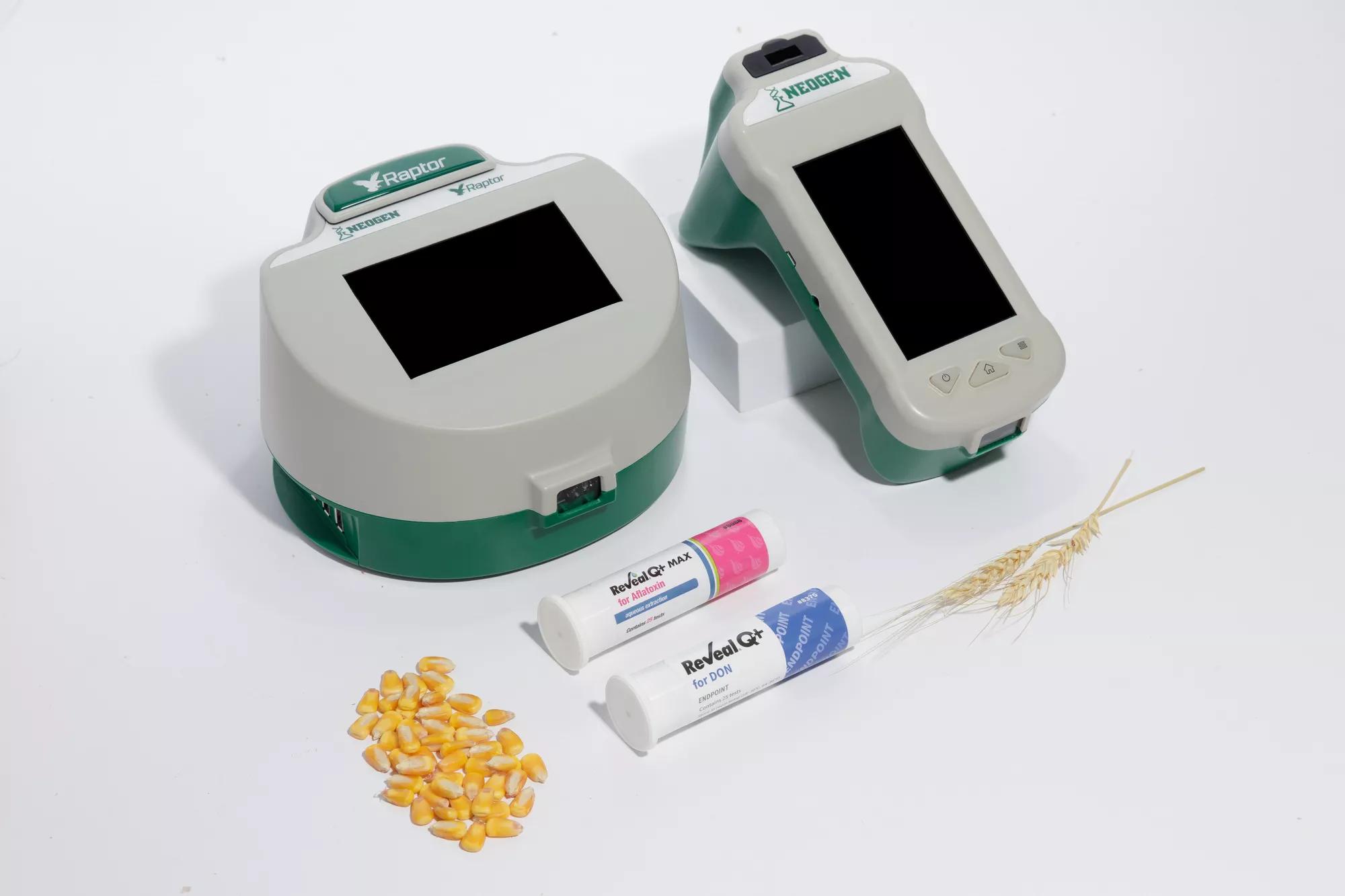Choosing the Right Mycotoxin testing Services for Your Organization
Choosing the Right Mycotoxin testing Services for Your Organization
Blog Article
Exactly How Mycotoxin Screening Helps Avoid Contamination and Guard Food Materials

Mycotoxin testing is an essential technique in the food sector, offering as a frontline protection against contamination by dangerous contaminants created by mold and mildews. Via the application of sophisticated methods like High-Performance Fluid Chromatography (HPLC) and Liquid Chromatography-Mass Spectrometry (LC-MS), food producers can accurately detect and quantify mycotoxin levels in agricultural products.
Comprehending Mycotoxins
Comprehending mycotoxins starts with identifying that they are harmful additional metabolites produced by specific mold and mildews, which can infect agricultural items. These metabolites are not necessary for the growth or reproduction of the fungi however can have serious implications for animal and human health. Mycotoxins are frequently found in staple crops such as corn, wheat, barley, and nuts, where they can proliferate under certain problems of dampness and temperature.
There are a number of kinds of mycotoxins, each generated by different fungal types. Aflatoxins, produced by Aspergillus types, are amongst one of the most infamous, recognized for their carcinogenic properties. One more substantial team includes ochratoxins, produced by Aspergillus and Penicillium species, which have nephrotoxic results. Fusarium types produce trichothecenes and fumonisins, both of which are connected with numerous intense and persistent wellness problems.

Threats of Mycotoxin Contamination
The threats of mycotoxin contamination are diverse, positioning significant risks to both food security and public health and wellness. Mycotoxins, hazardous substances produced by certain kinds of fungi, can contaminate a broad variety of farming items consisting of grains, nuts, flavors, dried out fruits, and coffee.
Financial impacts are one more significant concern. Contaminated crops can lead to significant economic losses for farmers and food manufacturers due to minimized returns and the requirement for expensive purification actions. International profession can be dramatically hindered as countries implement strict mycotoxin laws to secure their populations, leading to turned down shipments and stretched trade relations.
Ecological elements such as climate modification worsen the threat of mycotoxin contamination. Variants in temperature and moisture can create desirable conditions for fungal development, boosting the possibility of contamination events. Therefore, understanding and reducing these risks are essential for ensuring the security and integrity of international food supplies.
Methods of Mycotoxin Checking
Accurately identifying mycotoxin contamination in agricultural products is necessary for safeguarding public wellness and maintaining food safety requirements. Different approaches are utilized to spot and measure mycotoxins, each offering certain advantages and restrictions.
High-Performance Fluid Chromatography (HPLC) is an extensively utilized method because of its high sensitivity and accuracy. It entails dividing mycotoxins from other compounds in an example, allowing exact quantification. Liquid Chromatography-Mass Spectrometry (LC-MS) incorporates fluid chromatography with mass spectrometry to offer in-depth molecular info, making it specifically beneficial for recognizing multiple mycotoxins at the same time.

Gas Chromatography-Mass Spectrometry (GC-MS) and Thin-Layer Chromatography (TLC) are also utilized, each with one-of-a-kind applications. GC-MS is reliable for volatile mycotoxins, while TLC offers a simpler, economical alternative for preliminary testing.
Advantages of Routine Checking
Normal screening for mycotoxins in farming items uses various advantages, significantly adding to public health and wellness and food security. By determining contamination early, regular screening helps stop the circulation of hazardous foods, therefore reducing the danger of mycotoxin-related health problems among customers. This aggressive strategy not only safeguards human health and wellness yet likewise enhances the overall top quality of food supplies.
Regular screening also supports governing conformity. Various countries and areas have actually established rigorous limitations for mycotoxin degrees in food and feed. Sticking to these limits with why not try here normal screening ensures that producers and providers meet legal standards, thus staying clear of penalties and trade obstacles. Additionally, preserving conformity promotes customer count on and brand credibility, which are critical for market success.
Additionally, routine mycotoxin screening can lead to considerable financial benefits. Early detection of contamination permits timely treatment, reducing possible losses from extensive contamination. Applying routine screening procedures can additionally reduce recall expenses and relevant liabilities, which can be monetarily ruining.
Moreover, normal testing supplies important data that can notify much better farming practices and storage space conditions. By comprehending patterns of contamination, manufacturers can take on safety nets, thus contributing and reducing future risks to the sustainability of the food supply chain.
Implementing Evaluating Methods
Implementing efficient mycotoxin testing methods is essential for making sure the safety and security and top quality of farming products. Developing a durable testing framework entails numerous key actions, beginning with the recognition of prospective contamination factors within the production and supply chain. This consists of pre-harvest, post-harvest, storage space, and distribution stages. Each stage needs to be scrutinized to determine where mycotoxin contamination is probably to occur.
As soon as critical control points are determined, choosing appropriate testing approaches is vital. Usual strategies include enzyme-linked immunosorbent assay (ELISA), high-performance liquid chromatography (HPLC), and mass spectrometry (MS) Each method has its toughness and weaknesses; thus, selecting the correct one depends upon the certain mycotoxin visit here being examined, the required sensitivity, and available sources.

Last but not least, incorporating the screening methods right into a thorough food safety and security management system is recommended. This enhances traceability and enables speedy rehabilitative actions when contamination is identified, therefore safeguarding the integrity of the food supply chain.
Conclusion
Mycotoxin screening is essential in avoiding contamination and securing food products by allowing early discovery of damaging contaminants produced by mold and mildews in farming items. Normal testing boosts brand reputation, economic stability, and depend on in food safety by minimizing contamination-related losses and keeping high criteria in food production.
Mycotoxin screening is an important technique in the food market, serving as a frontline protection against contamination by harmful contaminants generated by mold and mildews. An incorporated approach involving agricultural techniques, storage space administration, and regular screening can mitigate the risks connected with mycotoxin contamination, making certain food security and public health.
The threats of mycotoxin contamination are multifaceted, presenting substantial risks to both food safety and public health.Regular testing look at this website for mycotoxins in farming items provides many benefits, substantially contributing to public health and food safety and security.Mycotoxin testing is vital in preventing contamination and safeguarding food supplies by making it possible for very early discovery of dangerous toxic substances generated by mold and mildews in farming products.
Report this page